Man United make plans to replace Old Trafford with brand new 100,000-seater stadium… with £2billion project set to be announced at the end of the year and completed by 2030
Manchester United want to build a brand new 100,000 capacity stadium to replace Old Trafford. They will announce their plans later this year.
The £2bn project could be completed by 2030, making it the second-largest stadium in Europe after Barcelona’s revamped 105,000-seater Nou Camp, which would overtake Wembley as the country’s largest stadium.
United have yet to make a final decision on whether to rebuild or redevelop Old Trafford, but it has been clear for some time that they share co-owner Sir Jim Ratcliffe’s vision to demolish their stadium, which has been their home for 114 years, and build a new, state-of-the-art stadium on the adjacent site.
The club cannot afford to pay for it themselves, even with the support of Ratcliffe and the majority owners, the Glazer family. Consideration is being given to selling the naming rights, although United insist that fans will be consulted on the process.
The club is exploring public-private financing options for the new stadium and the wider regeneration of the area around Old Trafford, known as the Stadium District, on land owned by the club.
Man United want to build a brand new 100,000 capacity stadium to replace Old Trafford
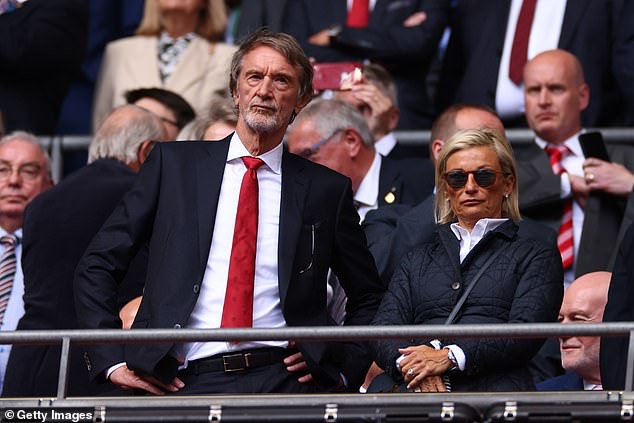
Sir Jim Ratcliffe’s vision is for Manchester United to demolish Old Trafford, home to the Red Devils for 114 years, and build a new state-of-the-art stadium on the adjacent site
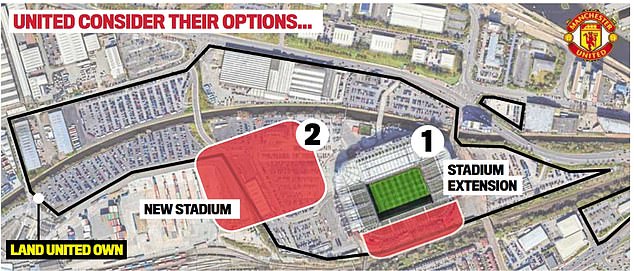
Man United must make a final decision on rebuilding or renovating their historic stadium
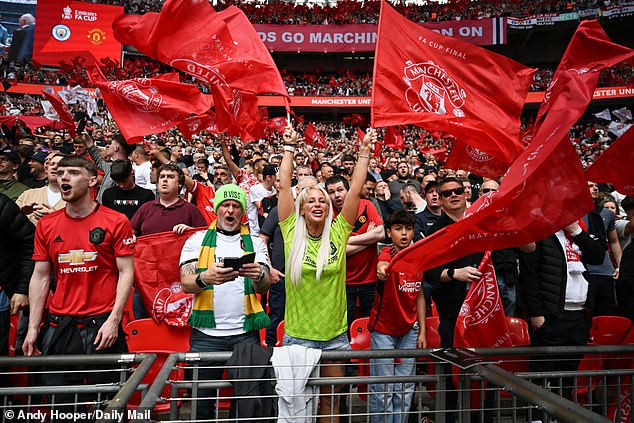
United polled 30,000 fans on their preference, with the vote reportedly being around 50-50
New Prime Minister Sir Keir Starmer has already indicated he is open to discussions about government support for transport links.
United recognise that the cost of rebuilding Old Trafford could exceed £2bn – as was the case with Real Madrid’s £2.4bn redevelopment of the Bernabeu – but the commercial benefits of a new stadium are vast compared with improving the existing stadium, which cost around £1.1bn.
It would also allow the team to continue playing at Old Trafford while the new stadium is built next door, minimising disruption to fans and allowing United to continue generating revenue from 75,000 sold-out stadiums.
United have asked 30,000 fans for their preference, with the vote said to be around 50-50. Ratcliffe wants a decision by the end of the year, but it is understood the Old Trafford taskforce, which has met four times so far under the leadership of Lord Coe, is focused on building a new stadium.
Club bosses recognise the importance of protecting Old Trafford’s status as the country’s biggest club stadium for years to come. It would also eclipse the 90,000-seater national stadium and become what Ratcliffe described as the ‘Wembley of the North’.
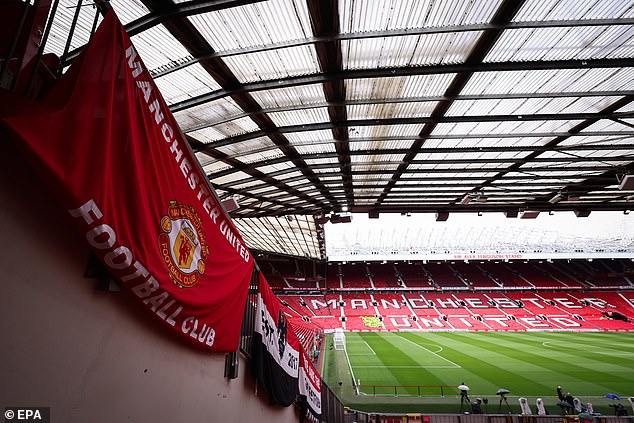
The commercial benefits of a new stadium are enormous compared to the improvement of Old Trafford

It would surpass Wembley (above) as the country’s largest stadium and also make it the second-largest stadium in Europe, after Barcelona’s revamped 105,000-seater Nou Camp.

Bruno Fernandes and Erik ten Hag celebrate United winning the FA Cup at Wembley in May
There is appreciation that the new design must capture the essence of the current stadium and remain true to Manchester’s industrial heritage. During the fourth meeting of the taskforce last week, former United defender Gary Neville is said to have been particularly vocal about what the new Old Trafford would look like.
The talks came to light after United played Arsenal at the spectacular SoFi Stadium in Los Angeles last weekend during their summer tour of the US.
The £2.3 billion arena was paid for by Arsenal and LA Rams owner Stan Kroenke, who spent a further £2 billion developing the surrounding Hollywood Park area.
The stadium’s roof features a giant LED screen visible to planes landing at nearby LAX Airport, what the stadium describes as “the largest advertising opportunity in the world.”
The entire project took six years, from the first meetings to the completion of construction in 2020. United expects a similar time frame for making a decision and obtaining financing and building permits.
They have had a number of meetings with the team behind the SoFi development, and have also visited Wembley and Tottenham’s new stadium. Chief operating officer Collette Roche also visited the Bernabeu earlier this year to learn more about Real Madrid’s redevelopment project.
However, it is well known that United do not want the new Old Trafford to look too futuristic. The club have appointed Populous, the designers behind the Tottenham Hotspur Stadium, to draw up plans for Old Trafford.
It is still possible that United will have to scale down the project and redevelop the stadium if funding is not available, but that remains their second choice.
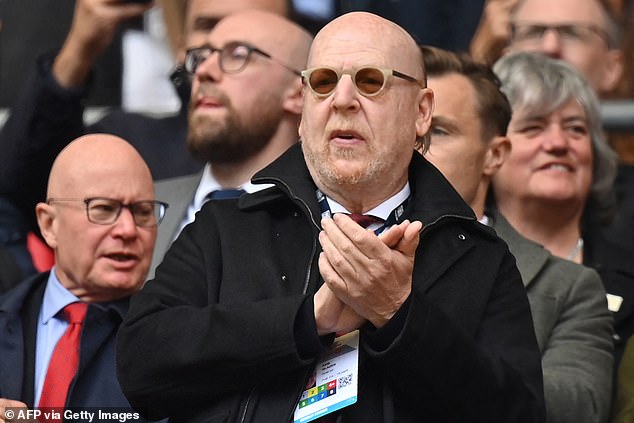
The club cannot afford to pay for the £2 billion project itself, even with the backing of Ratcliffe and majority shareholders, the Glazer family (pictured: Avram Glazer at Wembley in May)
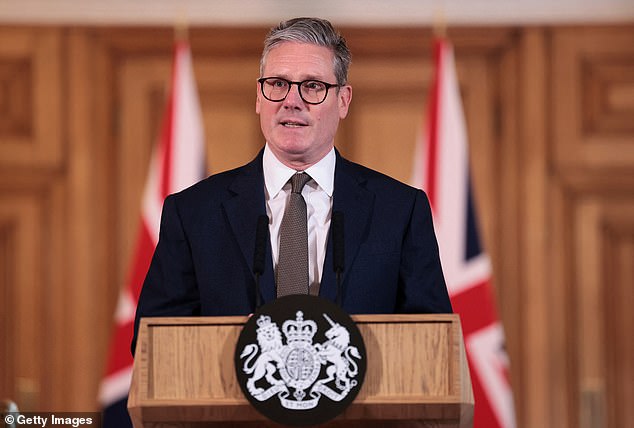
Prime Minister Sir Keir Starmer has already indicated he is open to discussions about government support for transport links if Man United build a brand new stadium
It is likely that the work would have to be carried out in phases and over a longer period. In addition, there has been a long-standing problem of the Sir Bobby Charlton Stand having to be rebuilt around the railway line.
Redevelopment could see the capacity reduced significantly by as much as 35,000, or United no longer play at Old Trafford at all. If that were the case, there would be little incentive for the club to share the stadium with Manchester City, Liverpool or Everton.
